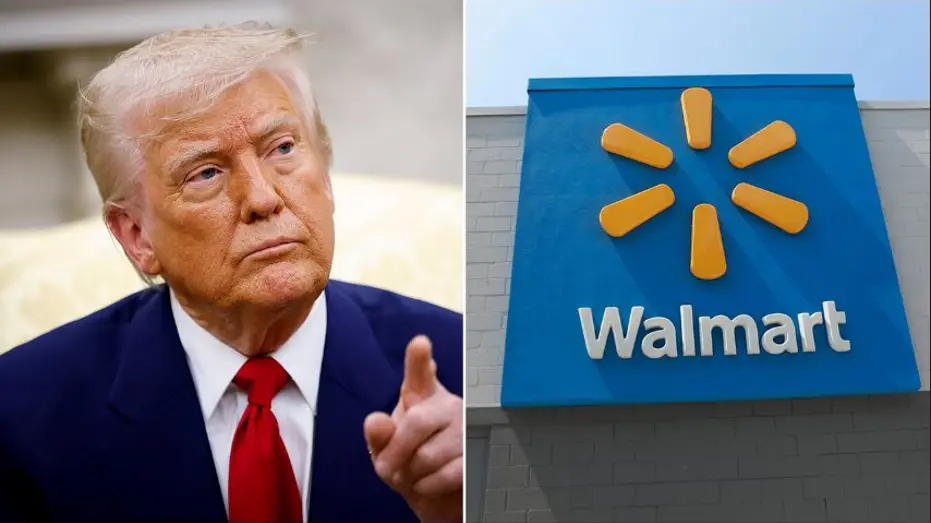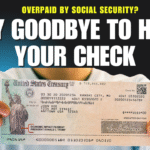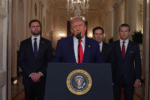When President Trump took to social media with a rallying cry, “Walmart should STOP trying to blame Tariffs as the reason for raising prices throughout the chain. Walmart made BILLIONS OF DOLLARS last year, far more than expected. Between Walmart and China they should, as is said, ‘EAT THE TARIFFS,’ and not charge valued customers ANYTHING. I’ll be watching, and so will your customers!!!”, he set the stage for a high-stakes showdown between the world’s largest retailer and the White House.
Walmart Tariffs
But behind the political fireworks, Walmart’s top brass are delivering a very different message: price hikes are coming, and they’re not just blaming tariffs, they’re explaining why passing on costs to customers, in their view, is unavoidable.
Walmart’s Dilemma: Margins vs. Main Street
Walmart’s CEO Doug McMillon and CFO John David Rainey have been unequivocal in recent earnings calls: the scale of the new tariffs, especially those targeting Chinese imports, is simply too large for Walmart to absorb without raising prices.
With retail margins already razor-thin, the company insists there’s no magic cushion to “eat the tariffs” without consequences.
“We will do our utmost to maintain our prices at the lowest possible level. However, considering the scale of the tariffs, even with the reduced levels disclosed this week, we cannot absorb all the pressure due to the reality of slim retail margins,” McMillon told investors.
Not Just Imports: Price Hikes Across the Board
While tariffs directly hit imported goods like electronics, toys, and some groceries (think bananas, avocados, and coffee), Walmart’s CFO made it clear that price increases won’t be limited to just those items. Instead, to avoid sticker shock on a handful of products, Walmart is spreading the cost increases across multiple categories, meaning shoppers could see higher prices on everything from home goods and school supplies to strollers and car seats.
This broad approach is designed to keep Walmart competitive and prevent customers from flocking to rivals, but it also means nearly every aisle may feel the pinch.
The Ripple Effect: Why Walmart’s Move Matters
Walmart’s pricing decisions don’t just impact its own customers. As the nation’s largest retailer, its moves often set the tone for the entire industry. Experts warn that if Walmart raises prices, other retailers will likely follow, amplifying the inflationary effect of tariffs across the country.
Economists also caution that these price hikes will hit lower- and middle-income Americans hardest-the very shoppers who rely on Walmart for affordable essentials.
The Political Theater vs. Retail Reality
While President Trump and some administration officials argue that businesses and foreign exporters should absorb the cost of tariffs, many economists and retail leaders call this unrealistic. Former Treasury Secretary Larry Summers has even described the notion as “absurd,” noting that tariffs are essentially a tax on imports that is almost always passed on to consumers in the form of higher prices.
What’s Next for Shoppers?
Walmart says customers will start seeing higher prices by the end of May, with more noticeable increases in June and beyond. The company pledges to keep food prices as stable as possible, but with tariffs affecting everything from electronics to toys, few categories will be untouched.
So, while the political debate rages on, Walmart’s message is clear: in the real world of retail, someone has to pay for tariffs-and it won’t just be the world’s largest retailer or its overseas suppliers. For now, it looks like American shoppers will be picking up at least part of the tab.














